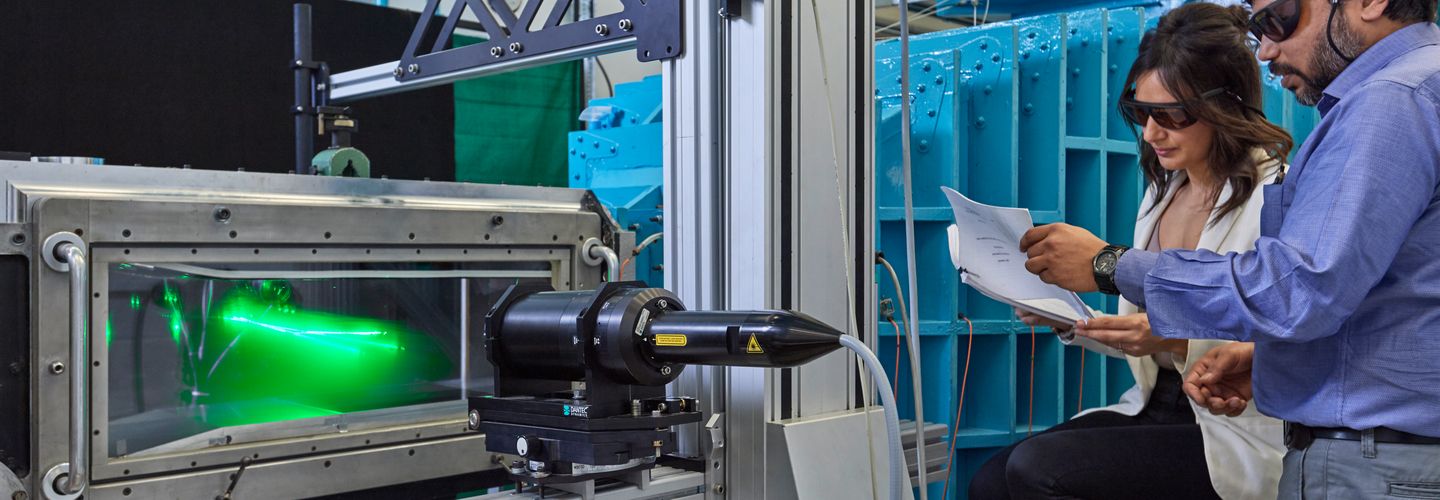The School offers a series of doctoral studentships in cutting edge research areas, including topics related with AI, Machine Learning, Renewable Energy, Human Wearable Devices and many others.
You will have the opportunity to be guided by world leading scientists in an exciting international environment in the heart of the City of London.
Moreover, you will be able to fully exploit the power of our new High Performance Computer (Hyperion) and world class laboratories and facilities. Our Doctoral College will support you with further training in diverse transferrable skills and networking opportunities enabling you to complete your doctoral training with an all-round preparation.
We list our PhD studentships regularly on jobs.ac.uk.
Centrally funded studentships
These studentships in the School are centrally funded by City, University of London, available to UK, EU and international students.
The application and selection process is run through the School you apply to and involves senior academic staff from the relevant disciplines.
There are no studentships of this type currently available.
When submitting your proposal application, enter the title of the research project and you will automatically be considered for the doctoral studentship. You do not need to submit a proposal as part of your application as the project has already been outlined.
For queries regarding the application process, please contact pgr.sst.enquire@city.ac.uk.
School funded studentships
The School also regularly funds a variety of studentships across our research areas in Mathematics, Computer Science and Engineering.
These studentships provide an annual tax-free stipend – commonly £21,000 – over three years, with a part or full contribution towards tuition fees. An extra salary supplement is routinely offered to successful candidates from underrepresented communities (in particular, this is reserved for female, LGBTQ+ and disabled applicants).
Studentships may also make allowance for additional travel, publications and conference expenses, as well as the opportunity for further earnings through a teaching assistantship.
Please refer to individual listings for details specific to each studentship, and for eligibility requirements.
There are no studentships of this type currently available.
When submitting your proposal application, enter the title of the research project and you will automatically be considered for the doctoral studentship. You do not need to submit a proposal as part of your application as the project has already been outlined.
For queries regarding the application process, please contact pgr.sst.enquire@city.ac.uk.
Collaborative, industrial and other external studentships
The School also offers a regularly updated portfolio of collaborative studentships and other external awards, through our partnerships and connections with leading organisations in sectors including finance, banking, computing, software development, engineering and technology.
Funding details, application schedules and terms and conditions can vary between these studentships; you should refer to each award for confirmation of details.
Currently available studentships include:
- Generative AI for Cyber Security Response
- Storytelling with Data for Improving Population Health
- Putting Artificial Intelligence into Social Context: Developing Artificial Intelligence Agents that Enhance Cooperation within Organisations
- PhD Scholarship in Deep Learning for Medical Video Analysis and Understanding
General guidance
A doctoral candidate is expected to meet the following pre-requisites for their PhD:
- Demonstrate a sound knowledge of their research area
- Achieve and demonstrate significant depth in at least a few chosen sub-areas relevant to their primary research area
- Demonstrate the ability to conduct independent research, including a critical assessment of their own and others' research.
City, University of London is committed to promoting equality, diversity and inclusion in all its activities, processes, and culture for our whole community, including staff, students and visitors. We welcome applications regardless of age, caring responsibilities, disability, gender identity, gender reassignment, marital status, nationality, pregnancy, race and ethnic origin, religion and belief, sex, sexual orientation and socio-economic background. City operates a guaranteed interview scheme for disabled applicants.
